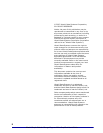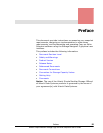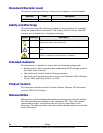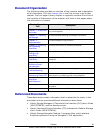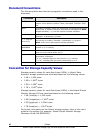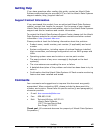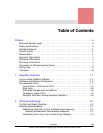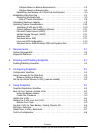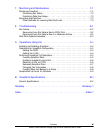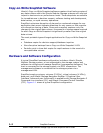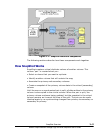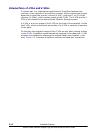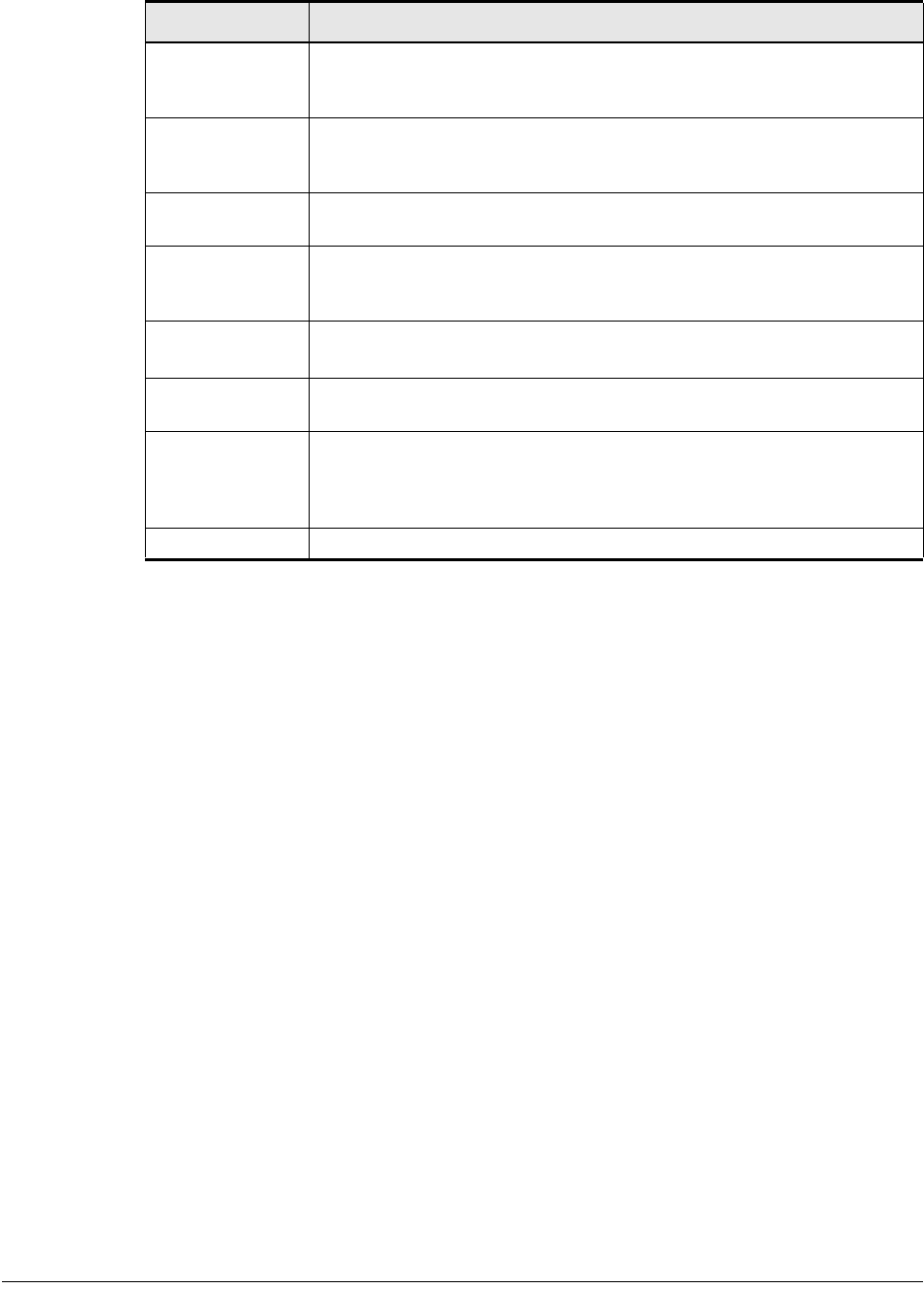
vi Preface
Hitachi Simple Modular Storage Copy-on-Write SnapShot User’s Guide
Document Conventions
The following table describes the typographic conventions used in this
document.
•
Convention for Storage Capacity Values
Storage capacity values for hard disk drives (HDDs) in Hitachi Data
Systems’ storage products are calculated based on the following values:
• 1 KB = 1,000 bytes
• 1 MB = 1,000
2
bytes
• 1 GB = 1,000
3
bytes
• 1 TB = 1,000
4
bytes
Storage capacity values for hard disk drives (HDDs) in the Hitachi Simple
Modular Storage 100 are calculated based on the following values:
• 1 KB (kilobyte) = 1,024 bytes
• 1 MB (megabyte) = 1,024
2
bytes
• 1 GB (gigabyte) = 1,024
3
bytes
• 1 TB (terabyte) = 1,024
4
bytes
For further information on the Hitachi storage system, refer to the user's
guide for the system (for example, Hitachi Simple Modular Storage
Hardware Guide, MK-96DF8061).
Convention Description
Bold Indicates text on a window, other than the window title, including
menus, menu options, buttons, fields, and labels. Example: Click
OK.
Italic Indicates a variable, which is a placeholder for actual text provided
by the user or system. Example: copy source-file target-file. Note:
Angled brackets (< >) are also used to indicate variables.
screen/code
Indicates text that is displayed on screen or entered by the user.
Example: # pairdisplay -g oradb
< > angled
brackets
Indicates a variable, which is a placeholder for actual text provided
by the user or system. Example: # pairdisplay -g <group>
Note: Italic font is also used to indicate variables.
[ ] square
brackets
Indicates optional values. Example: [ a | b ] indicates that you can
choose a, b, or nothing.
{ } braces
Indicates required or expected values. Example: { a | b } indicates
that you must choose either a or b.
| vertical bar Indicates that you have a choice between two or more options or
arguments. Examples:
[ a | b ] indicates that you can choose a, b, or nothing.
{ a | b } indicates that you must choose either a or b.
underline Indicates the default value. Example: [ a | b ]




